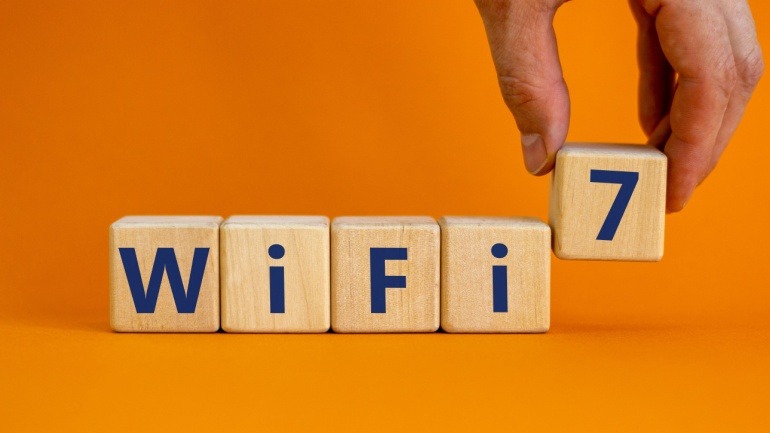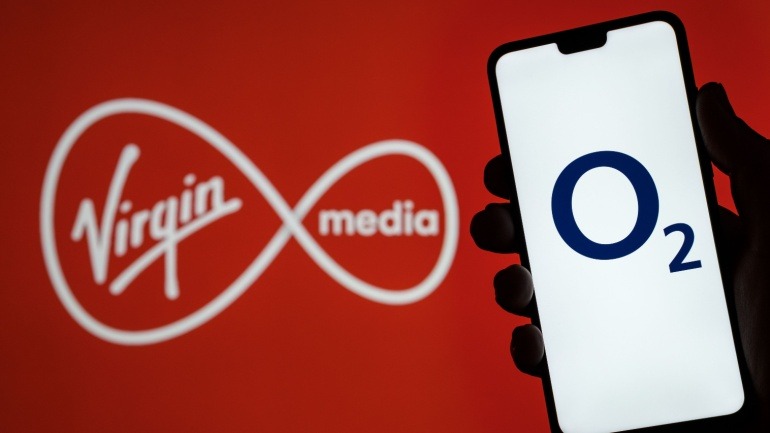The latest Ookla report reveals that cellular connections now surpass Wi-Fi at U.S. airports, averaging double the download speed. Travelers, who traditionally relied on public Wi-Fi, are shifting towards cellular services from major carriers like Verizon, T-Mobile, and AT&T for faster, more secure connections. This trend highlights the need for improved VoIP reliability at airports.
China’s fiber networks are rapidly transforming the country’s digital landscape, with fiber now underpinning most fixed broadband connections. This move promotes gigabit services and smart cities, boosting operators’ revenue in a saturated market. AI integration further enhances network efficiency, ensuring premium service quality and opening new revenue channels for operators.
Deutsche Telekom’s recent acquisition of fibre assets marks a pivotal step in enhancing Germany’s VoIP and internet services. By embracing fibre deployment, they aim to replace outdated copper networks and meet the surging demand for high-speed internet. This move highlights their commitment to expanding fibre infrastructure amidst competitive and regulatory challenges.
Grandstream Networks has introduced the GWN7674, a high-performance Wi-Fi 7 access point designed for demanding enterprise environments. With data speeds nearing 21Gbps, it’s perfect for managing dense networks. Supporting up to 768 clients, it delivers expansive coverage with tri-band MU-MIMO technology, ensuring robust, efficient connectivity. This advanced Grandstream solution enhances security and management.
AT&T’s strategic focus on fixed broadband is reshaping their approach to customer retention, as emphasized by CEO John Stankey at the UBS Global Media & Communications Conference. With growing competition from Verizon and T-Mobile, AT&T aims to harness fiber’s potential for converged services and target underserved demographics, ensuring a competitive edge.
The UK government is bolstering telecom consumer protection by engaging major operators like BT, Virgin Media O2, and Vodafone to prevent unexpected price hikes in contracts. With the telecom sector’s evolution, emphasizing transparency ensures that consumers can trust their mobile and broadband providers, safeguarding connectivity and fostering digital growth.
AWS and Google Cloud have collaborated to introduce a revolutionary multicloud connectivity service that facilitates faster and more reliable VOIP connections. Responding to the demand for efficient data exchange, this service enables users to establish private, high-speed connections swiftly. Emphasizing seamless infrastructure integration, it’s set to transform digital communication strategies.
The groundbreaking collaboration between Fujitsu and Yamaguchi University is paving the way for enhanced satellite data management through orbital edge computing. This innovative approach dramatically reduces satellite data latency from hours to mere minutes, facilitating real-time insights crucial for industries such as maritime logistics. By processing data directly on satellites, traditional bandwidth restrictions are bypassed, allowing for immediate information access. Organizations dependent on remote sensing, including those utilizing VoIP technology for communication, should closely monitor this advancement, as it promises to revolutionize data processing efficiency and timeliness.
Virgin Media O2 has rapidly extended its high-speed broadband and mobile network in Scotland, reaching half the population. By investing £330 million, the company has enhanced its ultrafast broadband, covering over 1.5 million homes and businesses. While VMO2 claims to be the largest gigabit provider, Openreach’s previous announcements create competitive uncertainty in the region.
Europe’s telecommunications landscape is transforming as Deutsche Telekom recalibrates its broadband strategy to combat customer loss. Their approach integrates smarter AI solutions and emphasizes technological harmonization, echoing efforts by fellow giants Orange, Vodafone, and Telefónica. For VoIP enthusiasts, these developments highlight a pivotal moment in connectivity innovation.













